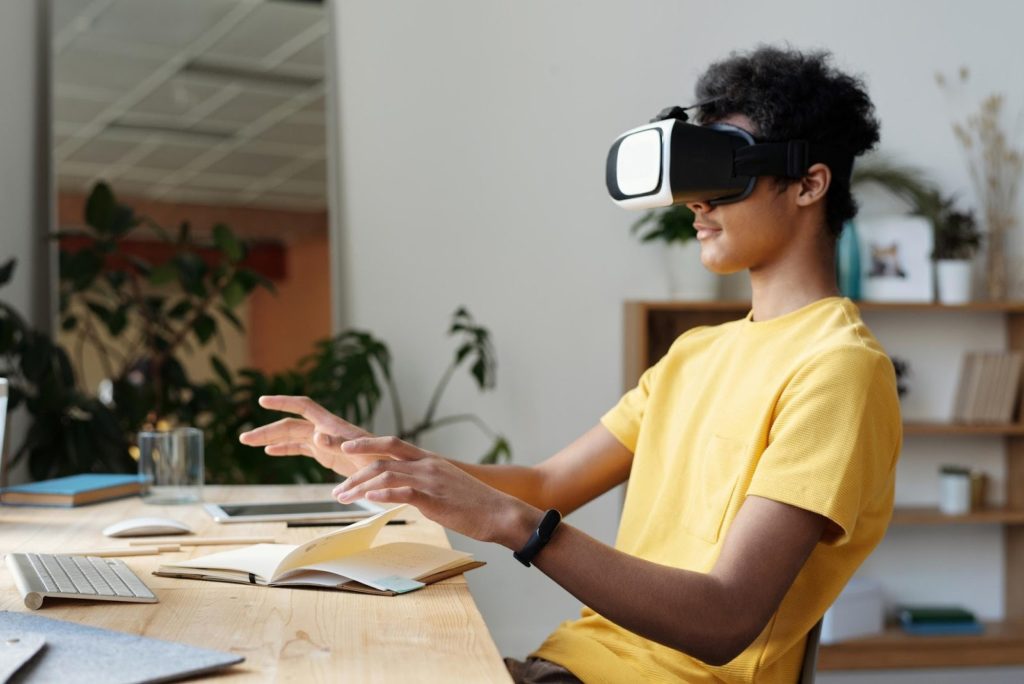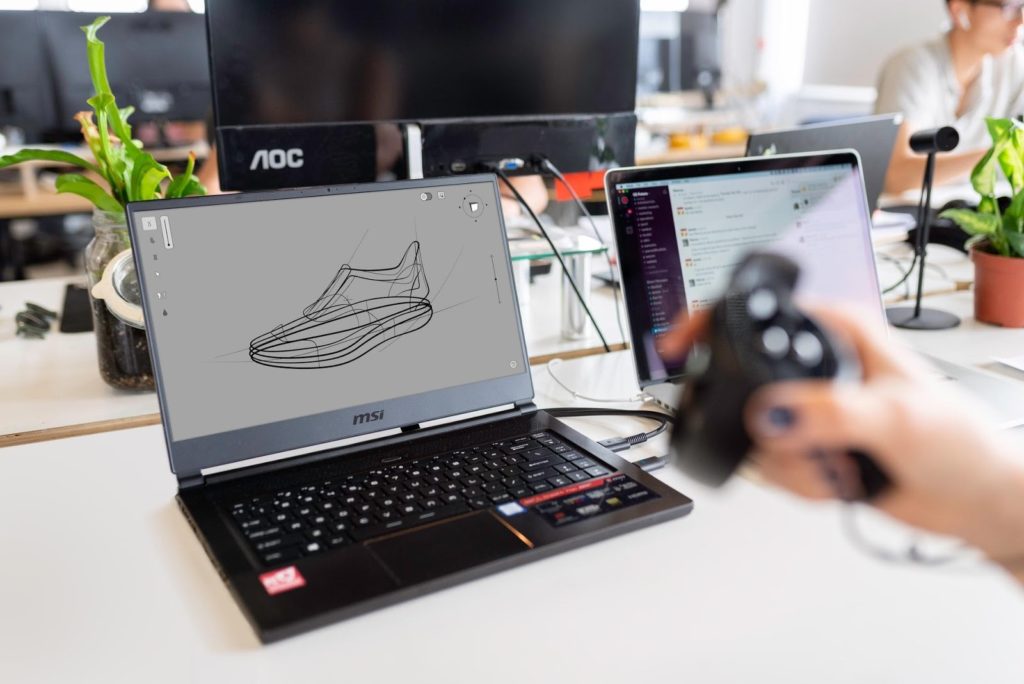
Man is always on the hunt for new ways to accomplish his tasks faster and more efficiently. Technological advances have helped us achieve far greater than the previous eras. In a digital world, VR is another step in man’s quest for improvement. This tech has multiple applications including improving learning efficiency and helping to bring a new positive age to the educational sector.
This write-up provides you with eight ways teachers can benefit from using Virtual Reality in the classroom. Here there are.
Post Contents
Improved Visual Learning
Most students are visual learners, and VR is the best learning tool for this set of pupils. This technology creates a virtual environment that you don’t just see but can also interact with it in real-time.
Brings Places and Events to Class
Excursions and field trips are vital learning tools teachers employ to give their students a first-hand feel of certain events and places. But this method has the drawback of being expensive, time-consuming, and challenging to set up. VR negates these handicaps as teachers can create the same experience and achieve their learning goals using the technology. They wouldn’t have to leave the classroom and save time wasted on travelling.

Efficient Learning
One of the advantages of virtual learning is its ability to immerse students. They don’t just see objects but can also interact with them in a Virtual Reality environment. It’s no secret that practice makes perfect, which is why many students often have Writix help out with writing their essays to free up time to indulge or study the technical and practical aspects of their lessons. Tutors can improve learning efficiency using VR to run-through experiments, projects, tasks, and certain class lessons.
You can have students learn or hone their skills using VR. This technology can create realistic scenarios in the classroom where pupils can indulge in vocational training, or teach practical or complex procedures without them having to worry about the pressure of failure. Such a feature is particularly useful in helping medical school students improve their surgical skills.
Skill learning using VR also extends to physical activity. You can learn to play golf without having to visit a course or improve your basketball shooting accuracy with the help of a virtual court. This setup can also help reduce instances of injuries during a PE lesson.
Better Sense of Events and Places

In the past, students have to work with their imaginations, pictures, or videos to experience an event or place their teachers were describing. Now, with the use of augmented reality in education, pupils can see and explore a topic while reading or learning about it.
You can run a geographical, astrological, historical simulation, and more in the classroom. Want to teach a lesson about the planets? Employing VR technology in education can improve learning efficiency, as pupils get to see the massive rings of Jupiter or the concept of revolution, and not just read or hear about it in class.
Improves Classroom Safety
Some lessons can expose students to harmful substances, tools and gadgets required for conducting required actions or experiments. Teachers have to be extremely careful during a workshop or chemistry course, but with the help of VR, they can remove the dangers of such classes. College tutors wouldn’t have to worry about a student coming in contact with dangerous chemicals, sharp tools, harmful electrical current, heavy-duty equipment, and more.
Foster Creativity
Efficient learning isn’t the only perk of employing VR in the classroom. This technology can help foster creativity in a student. Dozens of apps can boost pupils’ desires to create content such as Tilt Brush.
Tutors can have students create a VR project of their own as classroom exercises or assignments. Here, pupils get to show off their imagination and invite their friends and classmates into their world.
Ample Room for Updates, Upgrades, and Seamless Integration

VR is a technology with great potential as it’s still in its infancy stages. Its future offers the possibility of seamless integration, upgrades, and updates that would shape the process of learning.
Currently, multiple mobiles and computer applications support VR educational learning. These devices are portable and help extend academic learning outside the classroom, anywhere, and anytime.
Negates Language Barrier in Learning
Previously, learning in a foreign or second language was challenging, but VR can help remove this barrier. Some of this technology has in-built translating software to provide accurate translations in real-time.
Final Thoughts
What was once science fiction is now our reality, this statement is true of Augmented Reality. This technology is indispensable in various industries such as medicine and construction. College teachers can employ it to improve learning efficiency as it’s an excellent visual learning tool, great at creating 3-D interactive environments, and more.